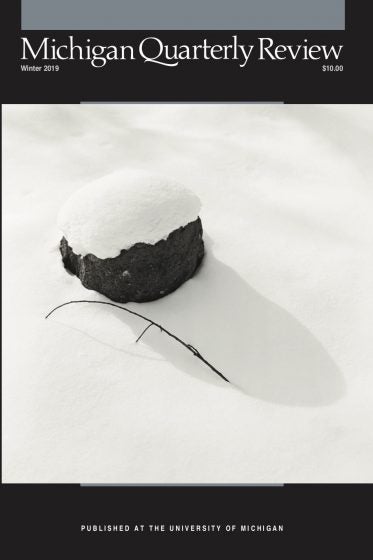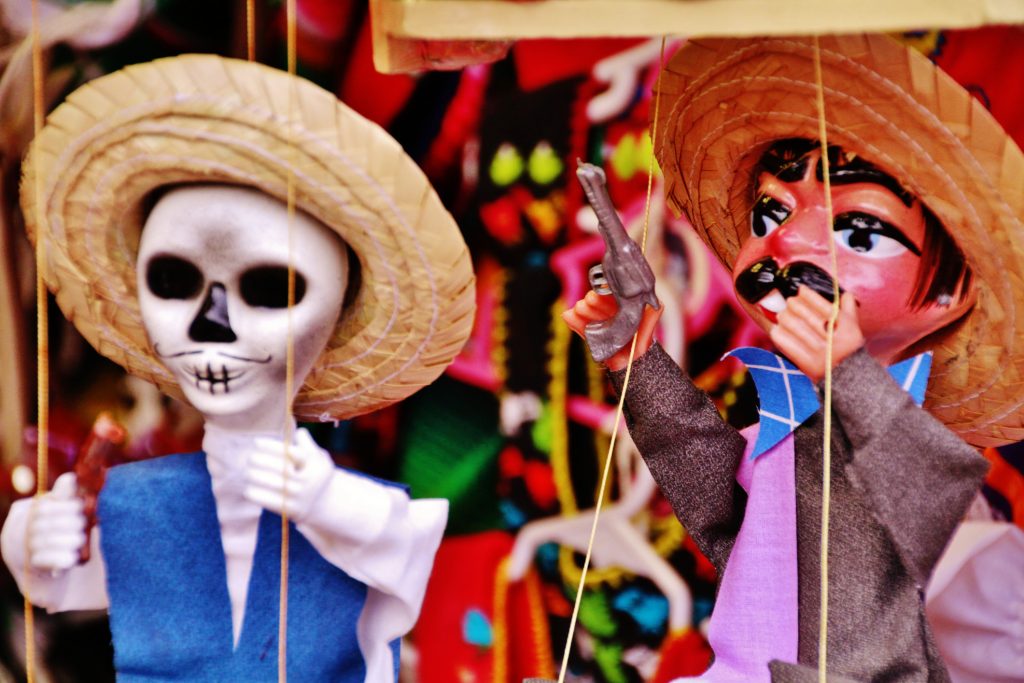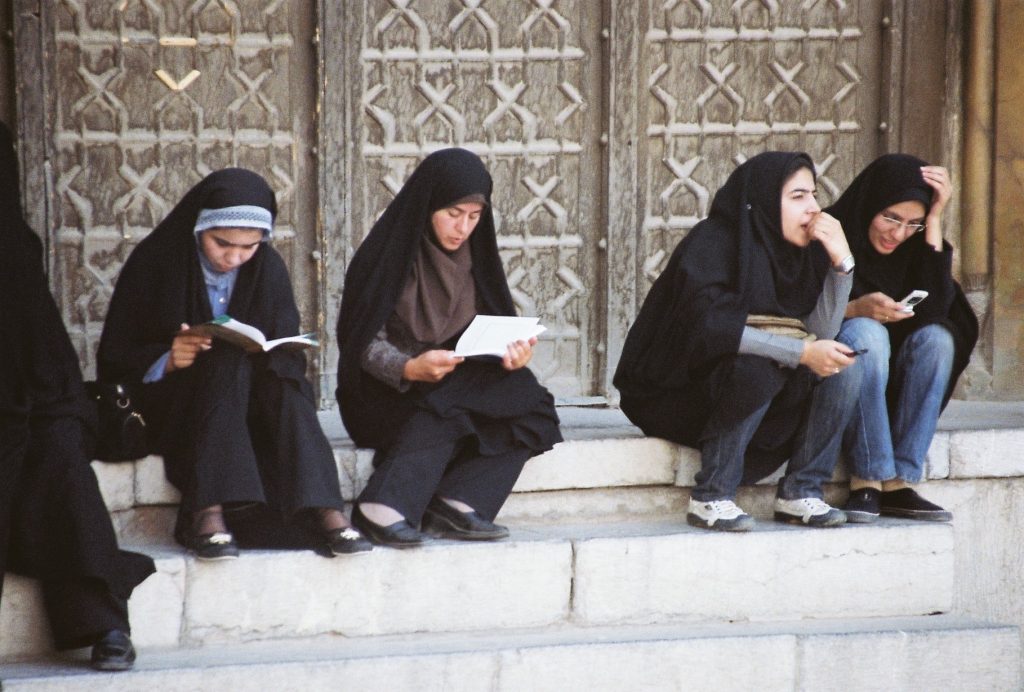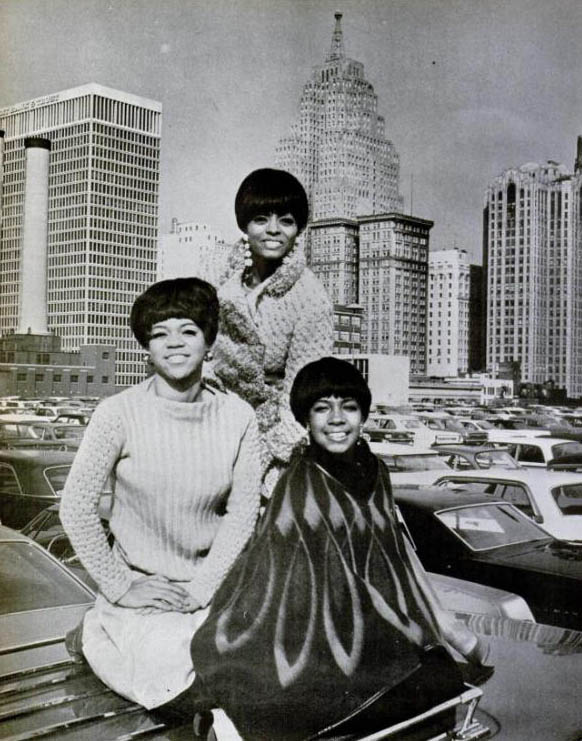“Breathe,” by Ash Whitman, appears in the Winter 2019 Issue of MQR.
When I think about who I am in my light brown skin, I always come back to Olvera Street. Olvera Street, wedged between Union Station and the Santa Ana Freeway, stuck in time but still fluttering with people shopping and vibrant pinks, greens, and yellows. Olvera Street, the backdrop to my grandpa’s childhood. Olvera Street, the shallow yet stable root of mi mexicanidad.
I have never visited Olvera Street, but I know it. I know the sounds and smells, the texture of dust in my mouth, the bricks, the color of rust. All from stories recounted over dinners at my grandparents’ house, over Bingo at their dining room table, over years of small snippets strung together like chaquiras to reveal an image. The image of a transplanted pueblo sewn into the rough fabric of Los Angeles. An image nearly lost on a ballot in 1926.
Olvera Street stood on the land that embraced the original Los Angeles, founded in 1781 and named El Pueblo de Nuestra Señora la Reina de los Ángeles del Río de Porciúncula. The Town of Our Lady the Queen of Angels. La Virgen. King Carlos III of Spain sent forty-four of the indigenous people of the Tongva nation, who lived in what is now called the Los Angeles basin, north to settle in Alta California. Olvera Street vibrates anew like an enlivened neural pathway on the dormant plot of land where the settlers built their town plaza and did the majority of their trading.
Almost seventy years later, the pueblo would withstand the Mexican- American War, and in another thirty years, the street formerly known as Wine Street, which branched off of the plaza, would be renamed Olvera Street after the first Superior Court Judge of Los Angeles county, Augustín Olvera. With the rapid expansion of Los Angeles at the turn of the century, the plaza and surrounding neighborhoods—particularly Chinatown— teetered between violence and breath, between a transitional immigrant community and a cultural flashback that reminded immigrants of the towns they had left. Over time, the plaza deteriorated like the Spanish I’d learned in school. The sun-scorned adobe faded and crumbled as L.A. exchanged its Central American historical roots for a future-oriented, tech-driven city. In 1926, the L.A. City Health Department scheduled a demolition of the Avila Adobe, the oldest home in L.A., located on Olvera Street, and revealed plans to construct a new train station directly on top of the historical plaza.
Christine Sterling, a local preservationist, heard about the city’s “Plaza Referendum” and quickly understood that it would blot out a cultural landmark that had existed for over 150 years, a fragment of home for many. Her appreciation for Mexican heritage fueled her mission to defend and rebuild the oldest site in the city: first, the Avila Adobe, and then the entirety of Olvera Street. An L.A. contractor did end up building the train station, but across the street from the plaza instead, a good quarter of a mile away.
Christine Sterling was also my grandpa’s neighbor and, at times, his surrogate mother.
Death spread through Raymond Brown Elizondo’s childhood like disseminating cells. His youngest brother, Lazarus, died of tuberculosis when only a toddler. Lazarito, they called him. God is my help. When my grandpa was in elementary school, his mother, Virginia, died on the operating table during a procedure to remove TB-infected tissue.
Tuberculosis begins with a slow spread of bacteria; the human body’s immune system envelopes the inhaled bacteria in vesicles called granulomas in an attempt to halt the spread of bacteria within the body. But eventually, the bacteria escaped their cages and multiplied in Virginia’s lungs and other organs. Her breath was their breath until the infection finally consumed her.
My grandpa remembered it vividly. He and his second brother, Augustine Olvera (after the Superior Court Judge), were at the Mexican theater downtown when an employee shut off the film, climbed the stage, and shouted,“Are the Elizondo boys here? Your dad is waiting in the lobby.” They left with their father, and in the car on the way back to Olvera Street, he told them that their mother had died.
“Tú mamá ha muerto. Lo siento m’ijos.”
And so my grandpa grew up with just his dad and one brother.
Virginia was a phantom of a past forgotten. Her entire history dark, aside from the names of her mother and father, Manuela and Charles Brown. She may have been born on a reservation in Arizona—Yavapai? Her father may have run away from his family. After he ran, her mother may have married a man named Paul Olivera (the “i” is important, as he was unrelated to Olvera Street, at least that’s what we think). If every living person’s ancestral history were visible all at once like neural networks showing parents’ parents and parents’ parents’ parents, how many pathways would be completely inaccessible? Whole families that existed in real time are now just once upon a time. Just imagined history, without any proof of their previous existence. A birth certificate, a moth-eaten photo. My mind fills in the gaps, imagines the sound of their voices and their daily routines. Did they talk in their mouth, like I do, too afraid to draw any attention to themselves? Did they get up early and stay up late, like I do, depriving themselves of sleep because they savored the sunrise and felt like they were missing out if they went to bed early? I inhale their history only to choke on what I don’t know.
The only personal fact my grandpa remembered about Virginia’s life was that she made beaded jewelry. Huichol bead art. The Huichol people— they refer to themselves as the Wixáritari—live in the Mexican states of Durango, Nayarit, Zacatecas, and Jalisco. These state names appear a few times on my incomplete family tree. I choose to assume this connection between art and place, between identity and origin, even though many indigenous people make jewelry from beads. The chaquira beads were originally crafted from clay, shells, and seeds, and now are made of glass or plastic. My grandpa kept one of Virginia’s bracelets, though he forgot where he hid it. Most likely, it resides in a cigar box or leather pouch, next to a bullet or a set of airline wings, somewhere deep in my grandparents’ storage. I imagine the bracelet emanating the heat of having once dangled from its maker’s wrist. It was the only thing he owned of hers, the only item left that proves her existence, aside from a photograph.
In the photograph, my grandpa is a baby, about one year old. He looks off to his left, maybe at the family dog or people walking by. Virginia, holding him up as if to display him to the person taking the picture (maybe his ever-aloof grandfather, Charles Brown), looks to the right. She is talking to someone, maybe her husband, Danial Diaz, maybe her mother, Manuela. She wears a traditional sombrero with strings tied beneath her chin and a woven shawl around her neck. My grandpa, with his knuckle dimples and toothless mouth slightly open, wears a white sleeveless blouse, what could be the top to a christening outfit, which could explain el sombrero and Virginia’s show-and-tell posture. She was a beautiful woman, and something about the photograph foreshadows her early departure from my grandpa’s life. Maybe it’s the shadow that the sombrero casts on her face—eyes darkened, smile obscured—making it seem as though she is falling away from the baby in her hands. Maybe it’s the long tear in the photo, slightly right of center, cutting my grandpa in half. Or maybe it’s her looking right while he looks left, their paths already diverging…
Purchase MQR 57:5 or consider a one-year subscription to read more. This essay appears in the Winter 2019 Issue of MQR.





